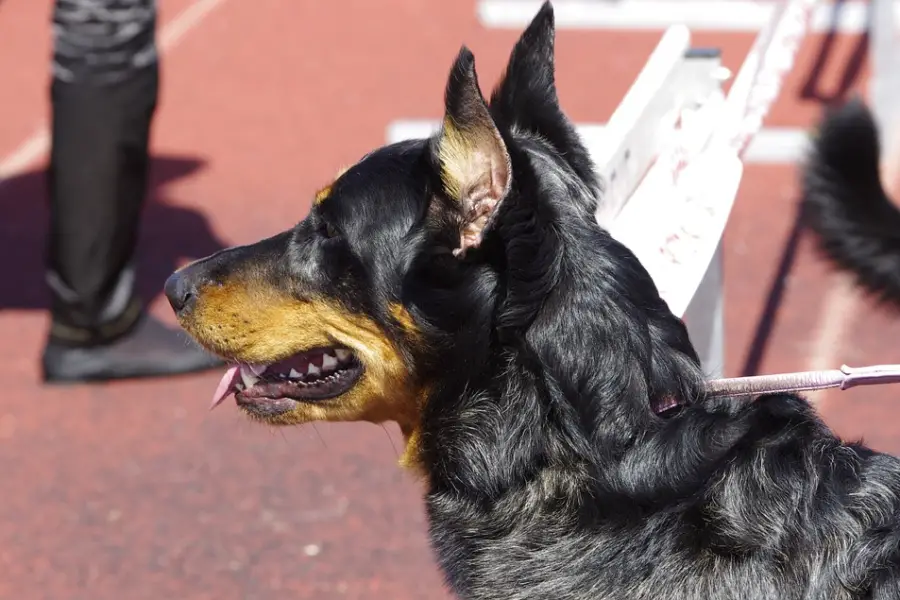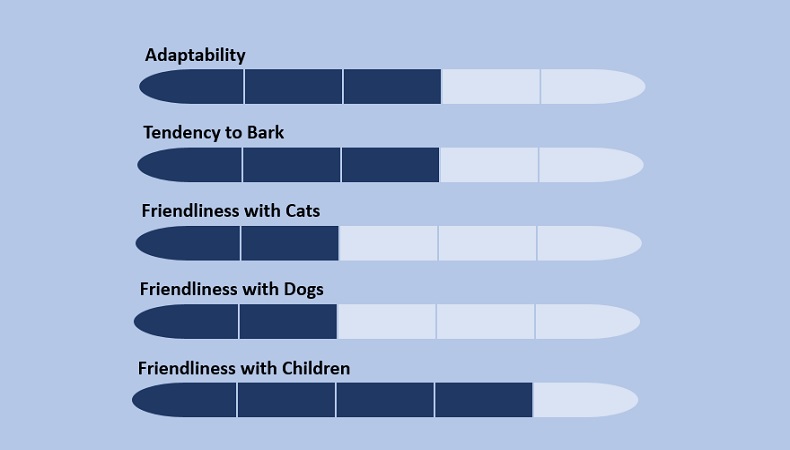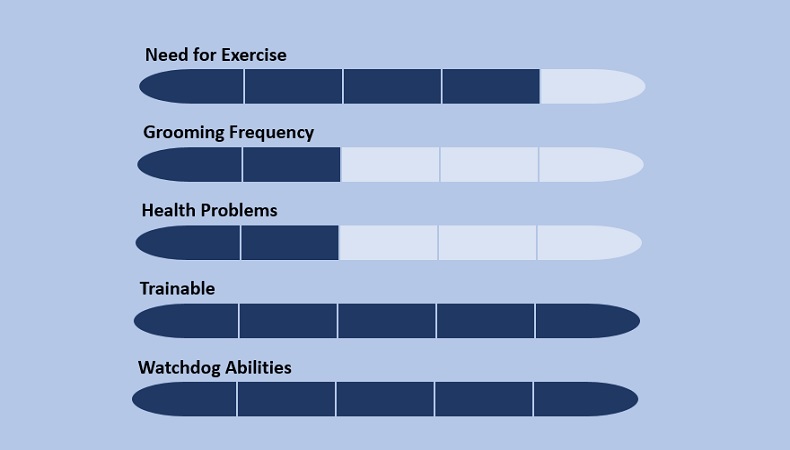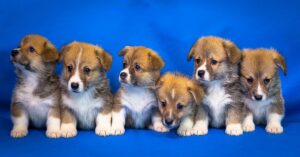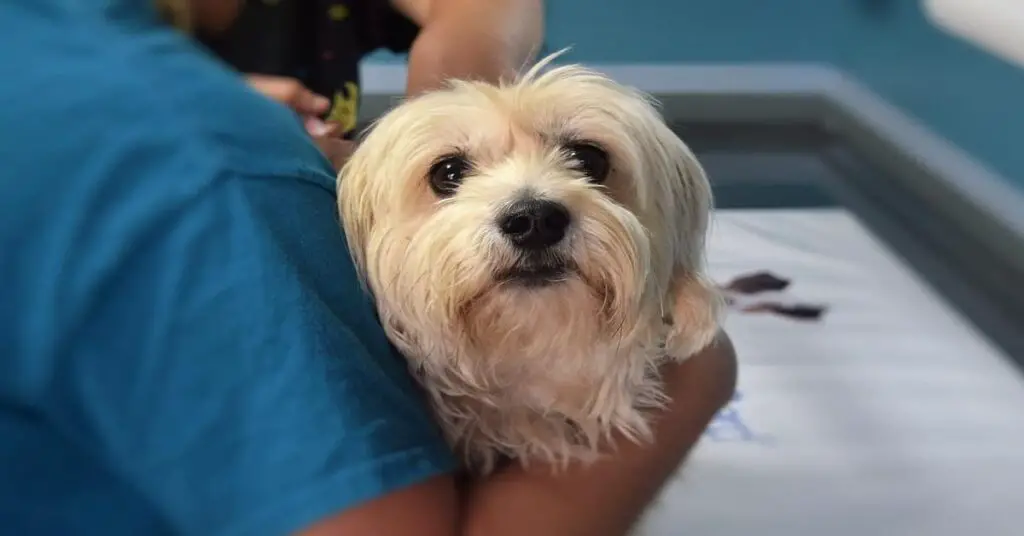Also Know as:
Berger De Beauce, Bas-Rouge, French Shorthaired Shepherd, Beauce Shepherd
.
Origin: France
Type: Pure Breed
Height: 24 to 27.5 inches
Weight: up to 110 pounds
Life Expectancy: 10 to 12 years
BEAUCERON TEMPERAMENT
Beaucerons are well known for their high intelligence. Very calm dogs, smart and spirited, you will find them able to tackle any task given to them, whether it involves memory, reasoning, or learning new skills. They are very brave and reliable dogs, you will find them very gentle and patient with kids. An extremely loyal breed, you will find them eager to do things to please you. They get along somewhat with other dogs and pets in the household but on the flip side, if they are not properly trained, their protective temperament can be overwhelming.
BEAUCERON PHYSICAL APPEARANCE
Physically, the Beauceron is a muscular dog, weighing up to 110 pounds and standing between 24 to 27.5 inches in height. The basic coloring can be black, black and tan, and harlequin. Other mixes of colors that were common in the past were tawny, grey and black, and grey itself. Although these colors are not standard Breed colors, they still exist today. The Beauceron’s coat is short and smooth, the only places on their body that are not short and smooth are the legs, the tail, and flanks which have slight fringes in them.
BEAUCERON CHARACTERISTICS
BEAUCERON CARE
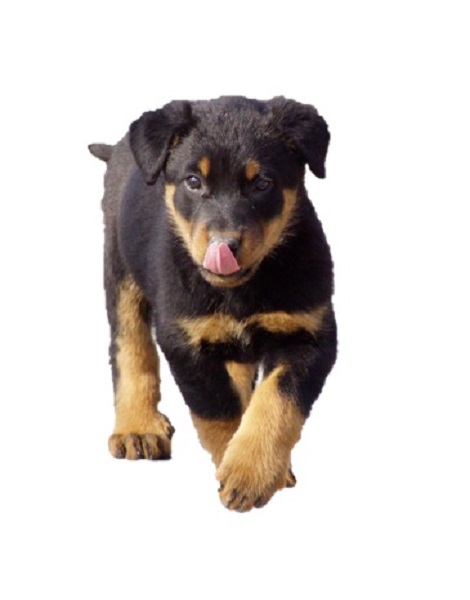
BEAUCERON HISTORY
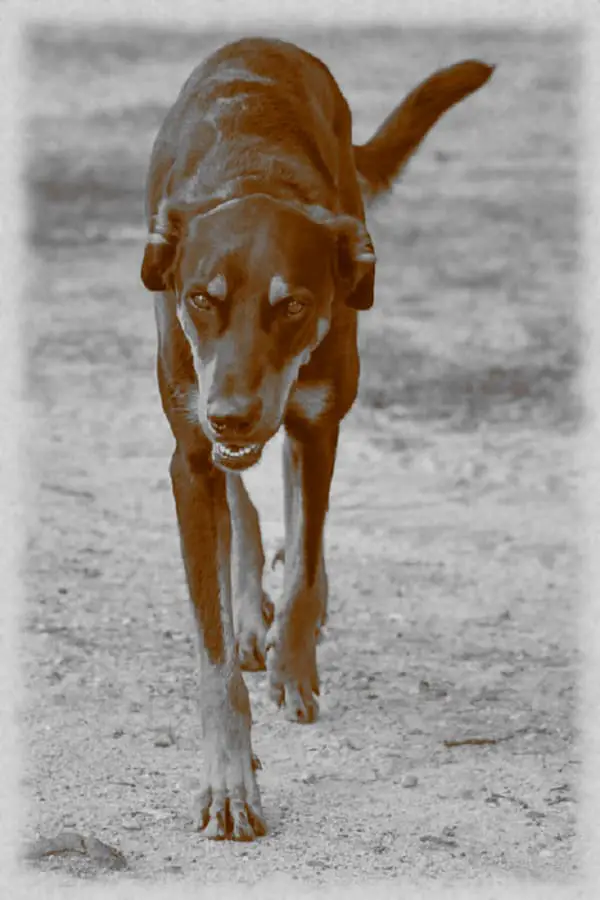
Originating from France and named after a large expanse of agricultural land southwest of France, this french shepherd dog also called the Bas Rouge or Berger de Beauce can be traced to as far back as the middle ages.
Due to their high intelligence and smartness, the Beauceron in the middle ages played so many roles from a loyal companion to a soldier, a bodyguard to a rescuer, a competitor to a prankster, a livestock herder, and more. Their multi-faceted ability to fit into what was required of them made it the go-to dog of that period. As time went on, they became popular on the other side of the Atlantic due to their ability to adapt and become whatever they needed to be for their masters.
In 1863 a dog show held by Universal Exposition in Paris described the Beauceron then as being black with rust marking, having upright ears, and being wolflike in build. Later in the nineteenth century, the french shepherd dogs were officially classified into two groups, the Briard and the Beauceron with the Briard having a rougher coat.
By 1922 the French breed club called the Club des Amis Du Beauceron, was founded. Sidonie-Gabrielle Colette(1873–1954) a famous french author popularly called Colette by her legion of readers was also know to love the Beauceron breed and wrote passionately about her Beauceron most of the time.
The Beauceron is a highly sensitive and powerful dog, as a herding dog, it gives space while controlling its flock, unlike the Australian Shepherd that loves to be closer to its flock. Using their intelligence and sensitivity, they can control their flock without scaring or agitating them. This intelligent and smart nature can be seen throughout history with them working at frontline attack dogs in World War One and World War two, to their current application in the police and military operations.

Hi, I am Charles Nwankwo Editor-in-Chief, Mydoggything.com. Gleaning from Professional Dog Trainers, behaviorist, Registered Veterinarians, and Breeders. We are passionate about making dog care easy for you. My job is to make sure that you get the best-updated dog care information to understand and take care of your dog or dogs.
